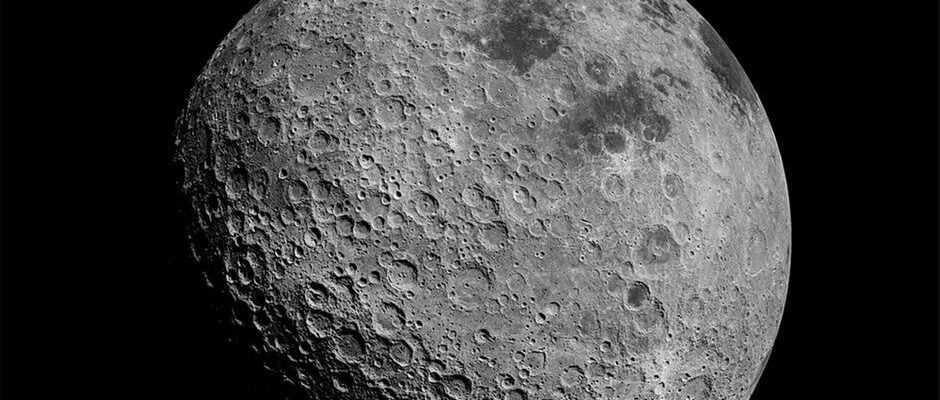Next March, the second stage of a Falcon 9 rocket will crash into the lunar surface. It had been abandoned in space since its launch seven years ago.
It wasn’t planned, but SpaceX will finally land on the Moon this year…although not in one piece. The second stage of a Falcon 9 rocket will crash on the lunar surface in March, according to astronomers who have recalculated the trajectory of the machine, abandoned in space since its launch seven years ago. The rocket was used in 2015 to orbit a climate observation satellite on Earth, the Deep Space Climate Observatory (DSCOVR). Since then, the second stage of the spacecraft has been floating in the cosmos in an orbit called “chaotic” by mathematicians because it is difficult to predict, astronomer Bill Gray told AFP on Wednesday, who was the first to realize the new trajectory.
The object passed quite close to the Moon in early January, which changed its orbit, detailed the creator of “Project Pluto”, a software for calculating the trajectories of asteroids and other objects, used by programs observations funded by NASA. A week later, the expert was able to observe the piece of rocket again, and realized that it should crash into the far side of the Moon on March 4.
After appealing to amateur astronomers to make additional observations, the data was confirmed. The craft will hit the lunar surface at more than 9,000 km/h. The precise time and place could still change by a few minutes and kilometers, due to the hardly predictable effect on this hollow cylinder of the light of the Sun, which pushes it in a noticeable way.
The rocket stage can again be observed in early February, and the estimate refined. But the collision is certain. “I’ve been tracking space junk like this for about 15 years, and this is the first unintended lunar impact” detected, Bill Gray said.
Regulate space waste
According to astronomer Jonathan McDowell, it is possible that similar impacts have occurred in the past, without our knowing it. “There are at least 50 objects left in deep space in the 1960s, 1970s and 1980s, just left there, untracked,” he told AFP. Today’s sightings haven’t found them all. “It is likely that some hit the Moon accidentally,” he said.
Next March, the explosion of this approximately four-tonne object will not be visible from Earth when it occurs. But it should cause a crater which could be observed by scientists later, in particular by NASA’s LRO (Lunar Reconnaissance Orbiter) probe or the Indian one, called Chandrayaan-2, and thus allow us to learn more about the lunar geology.
Ships have been intentionally launched on the Moon for scientific purposes in the past, such as during the Apollo missions to test seismometers. In 2009, NASA sent a second stage rocket to crash in an area near the lunar south pole to study the presence of water. Many of SpaceX’s rockets are launched less far, which usually allows the second stage to re-enter Earth’s atmosphere, where it disintegrates above the ocean. The first floor is recovered and reused. But these unplanned lunar impacts could multiply in the future, according to Bill Gray, in particular because of the objects that will be left behind by the American or Chinese lunar programs. The United States wants to build a station in orbit around the Moon. These events “will start to be problematic when there is more traffic,” pointed out Jonathan McDowell.
Today, “it is nobody’s job to follow the trajectory of the waste that we leave in deep space”, recalled the expert. “It’s time to start regulating it.” Contacted, SpaceX did not respond to AFP. Elon Musk’s company is currently developing the lander that should allow NASA to send Americans back to the Moon no earlier than 2025.
Any reproduction prohibited
